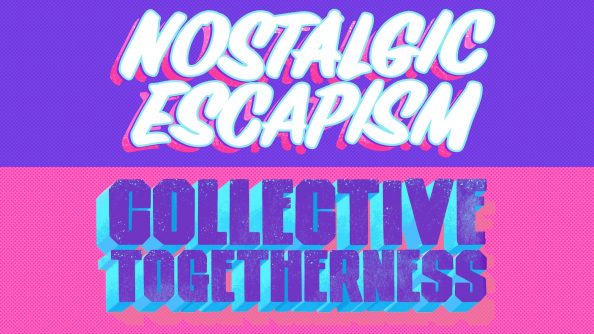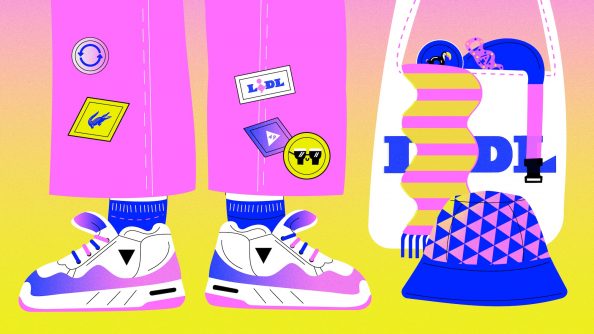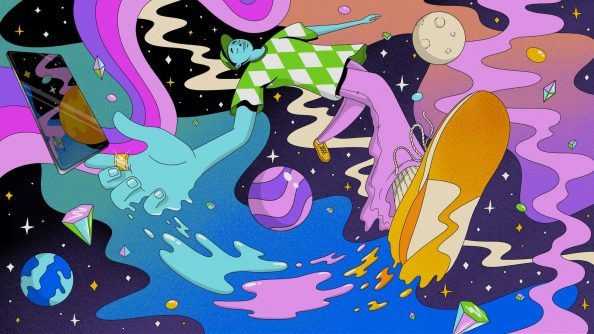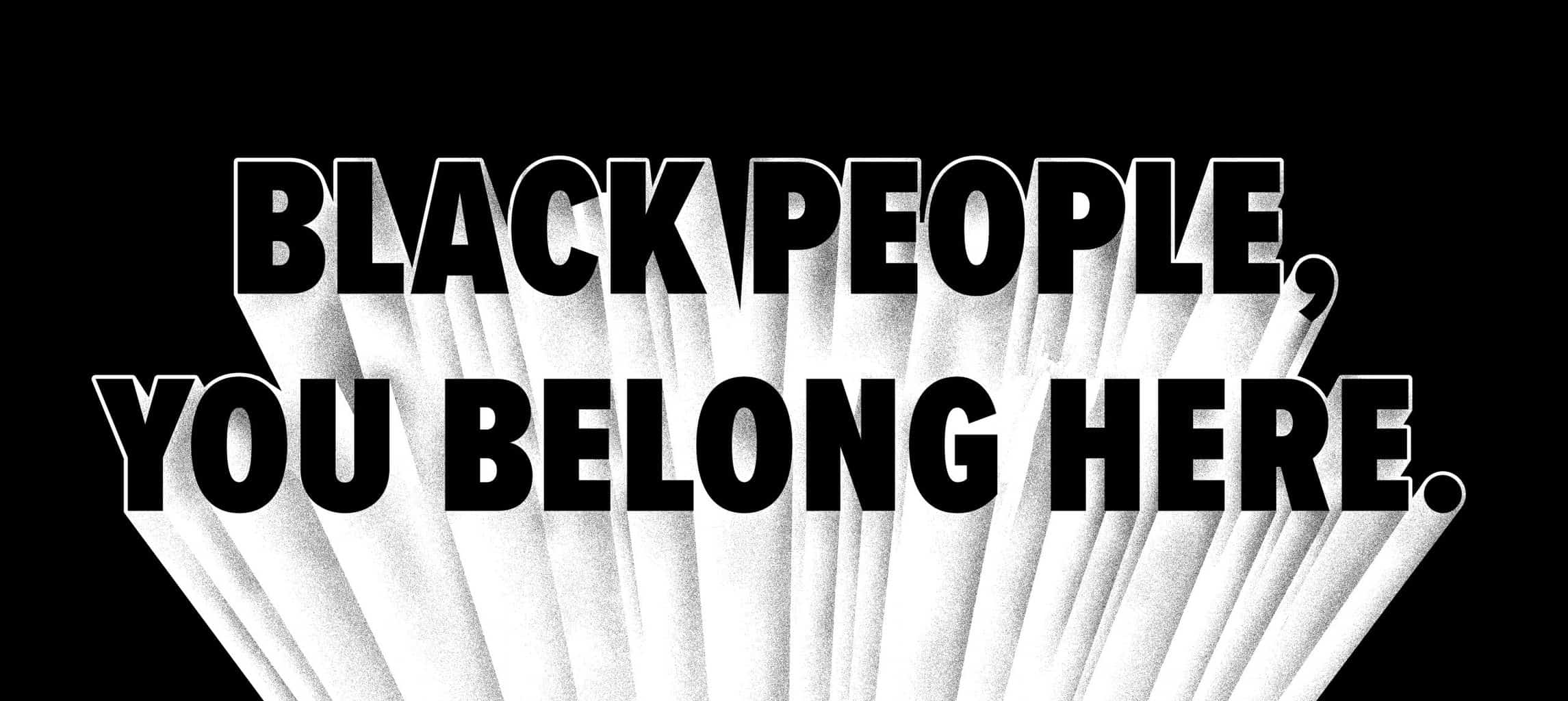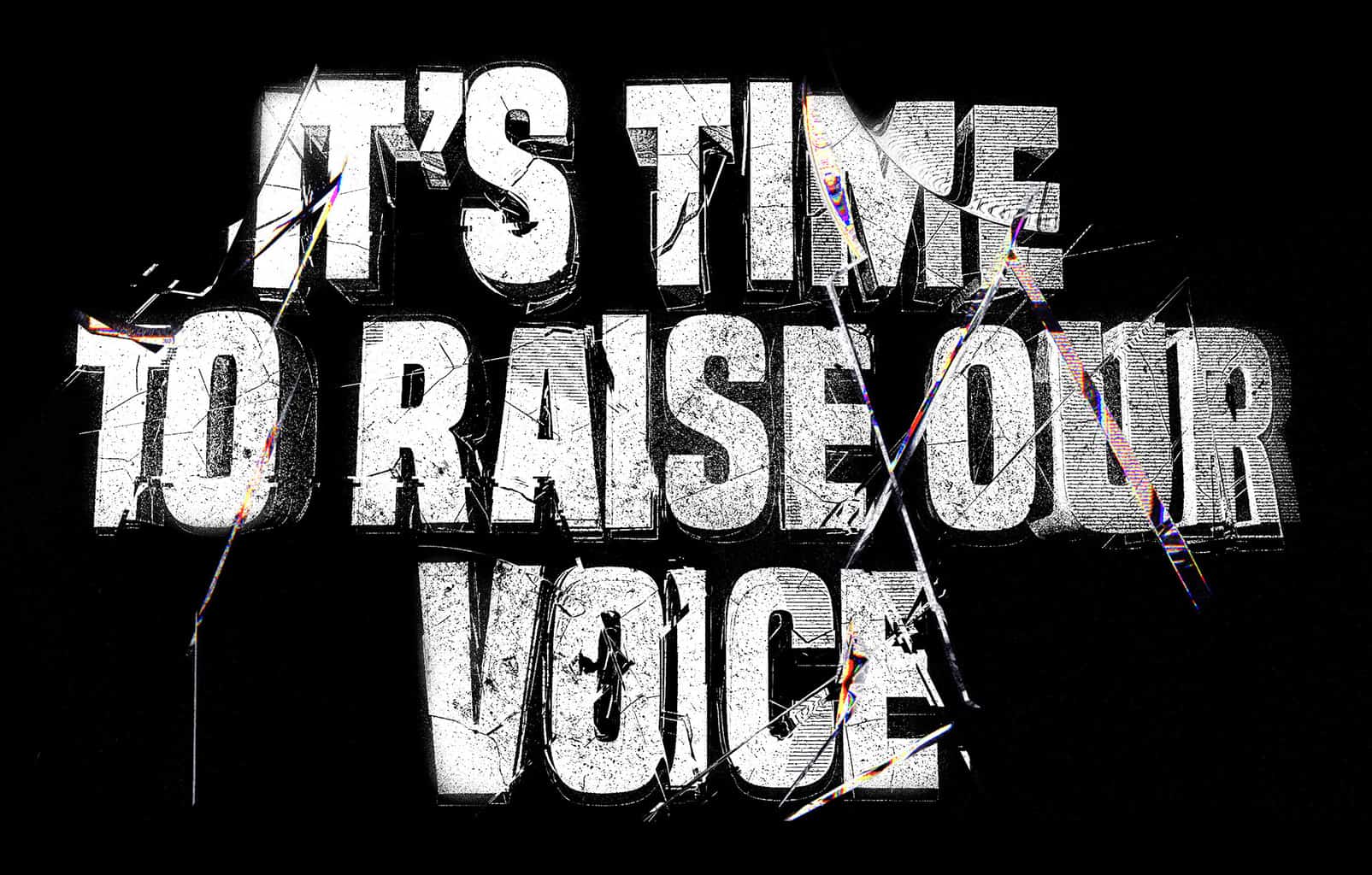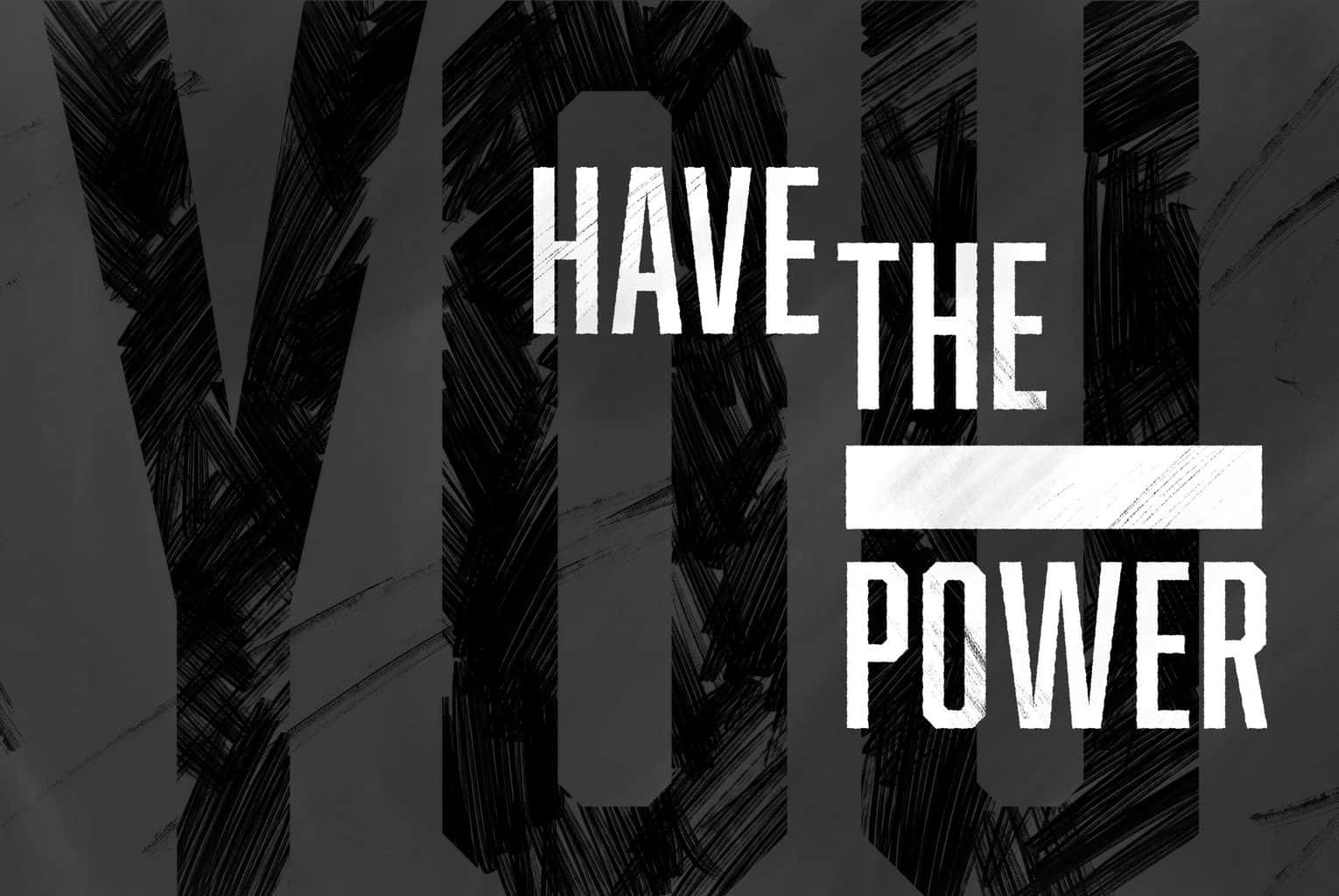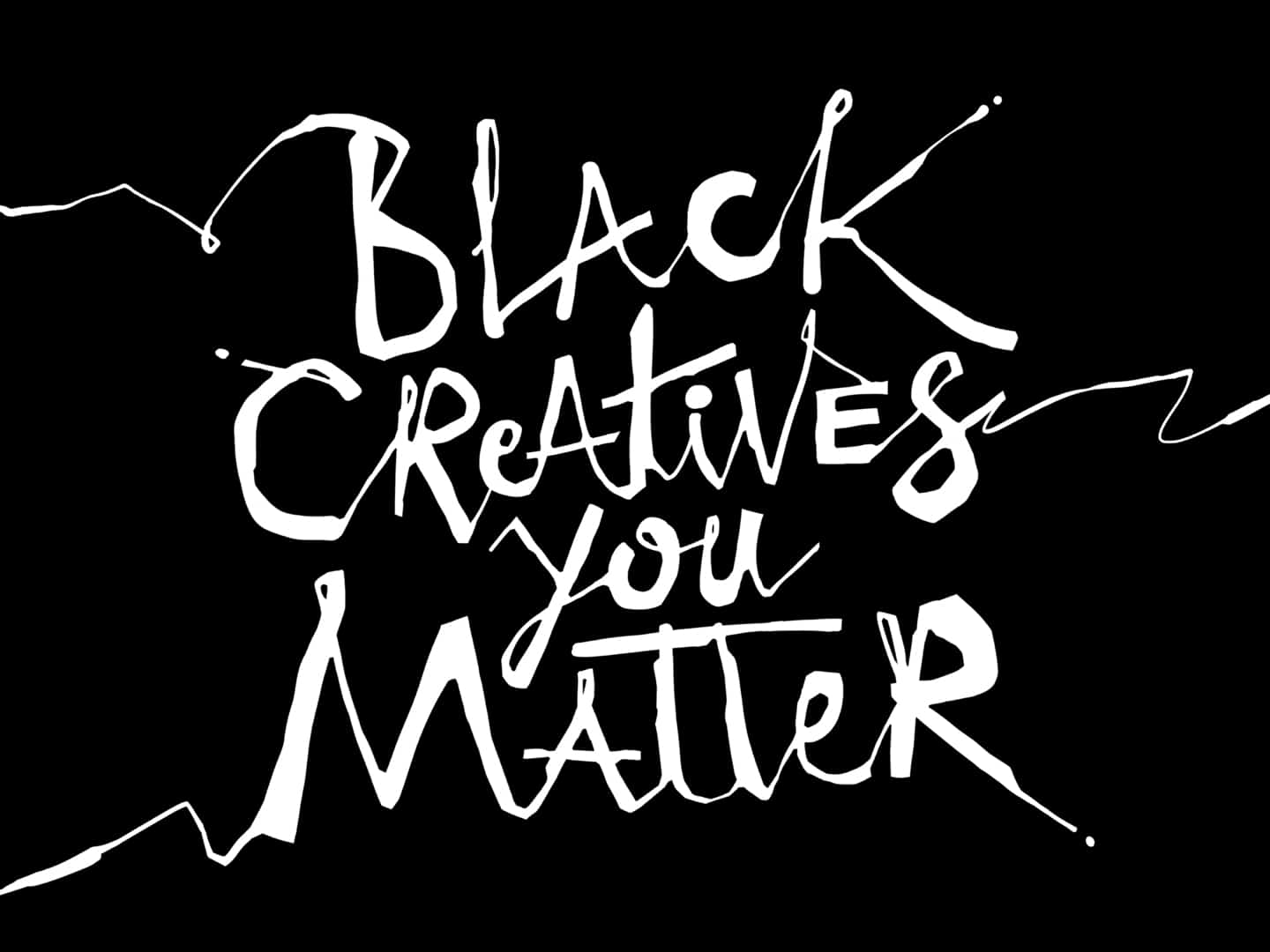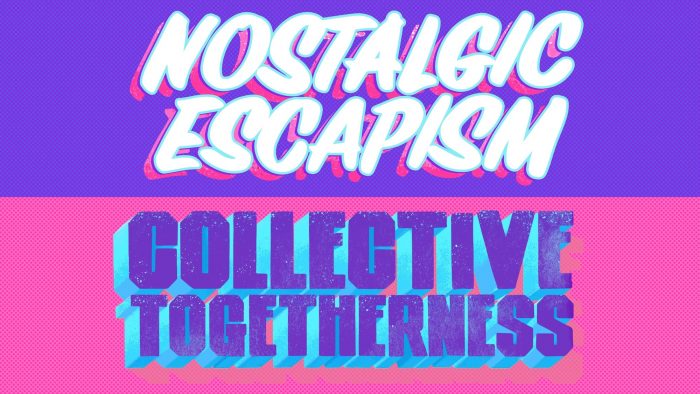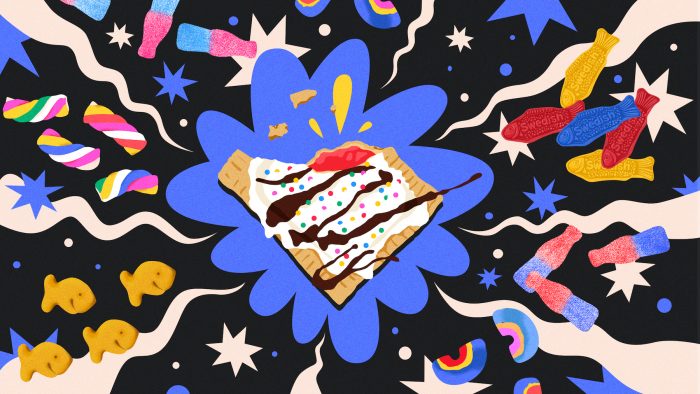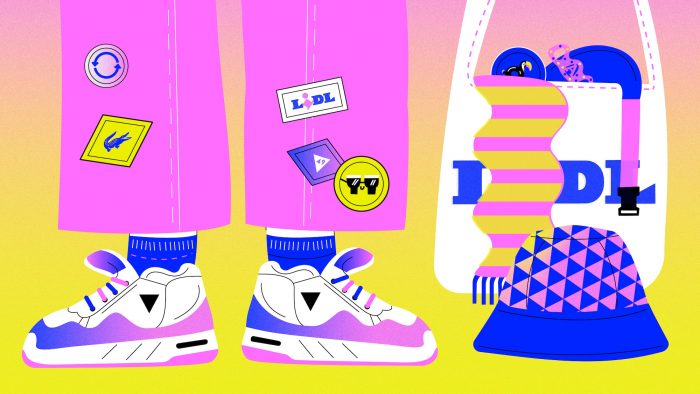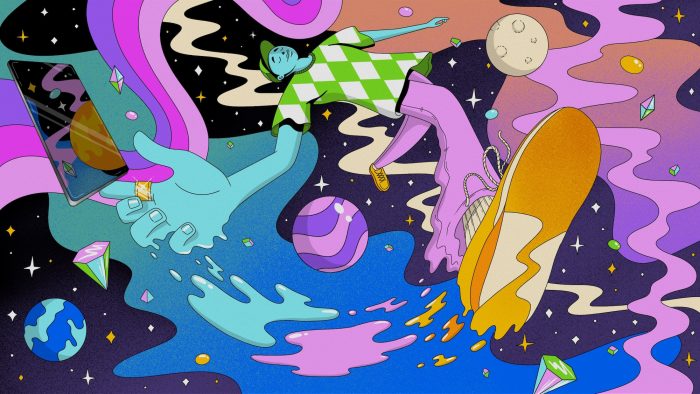The Black Lives Matter movement spread quickly around the globe and cannot have failed to impact each of us in some way. It has sent shockwaves through brand teams and the creative industry, creating years of cultural change in only a few months.
Brands with historically racist branding announced well-overdue statements to correct their naming and icons. Others have asked how their products and services can better speak to their diverse audiences. What’s clear is that brands and creative businesses want to align with the cause and reflect the current mood.
But how do we ensure that Black Lives Matter is about more than just noise, that this ambition is followed by action and sustained change in our firms?
It’s tough to be what you can’t see
In recent months, I have been invited by brand owners and design industry groups to consult on and speak about diversity and BLM. As a black man, I feel that it’s my responsibility to make the most of my position and my current platform to help bring about change and I am determined to do that. It’s something that Vault49 has been dedicated to as an agency with our staff plan and in the exchange program we host for young people of color.
So few people of color like me run agencies, and that’s a huge problem in the creative industry. Diversity is shockingly low. This problem exists in every department, whether that’s creative, strategy or client services.
And yet, creative businesses are hugely influential in society and in culture. The creative industry shapes norms, it tells us what is aspirational, and it carves out points of reference in society. Yet, black people make up fewer than 3% of employees in creative businesses, so the influence is skewed. Something has to change. We need to rebalance our industry.
Now is the time to raise our voice on this issue and inspire positive change. But it’s tough to be what you can’t see. That’s why we need to have black creatives, strategists and client service professionals at the top of the industry, who can lead the way for people who look like them.
As a leader in a creative business, I know we have the power to effect positive change in our working lives, in our professional worlds, every day in the sometimes small decisions we make. Whether that’s about choosing representative models, making hires, or calling out outdated narratives or language. We all have that responsibility.
So where do we start?
Let’s look at the creative industry ecosystem: brands, agencies and consumers. Agencies are shaped by clients. And brands are shaped by consumers. But only one part of the ecosystem is diverse, and that’s the consumer.
Consumers are asking questions
During this period of intense economic uncertainty, inequality, and social injustice, consumers’ expectations of brands are evolving. Their priorities are changing and they are using their wallets and voices when it comes to what brands they purchase.
Consumers want to support brands that share their values and are ready to boycott those that don’t. They have considerable power. And the views of the public will continue to influence brand owners and, in turn, creative agencies.
The role of a brand’s stance in the world has been widely debated. When it comes to ‘brand purpose,’ there are believers and skeptics. It’s sometimes derided as a fashion. But in 2020, this trend for aligning with causes is surely more than that. This is the year that ‘woke’ went mainstream and people started looking hard at corporations.
Consumers want to see brands engaging with BLM, but authenticity is essential. We need action from brands as well as words.
What can brands do?
Inclusion and authenticity in marketing are essential, but so far most brands have struggled to understand how to achieve real change. I encourage brands to look at diversity more deeply.
Go beyond comms, look at the portfolio. Do the products engage and celebrate broader cultures, lifestyles, and occasions? By not asking this important question, brands risk reinforcing established stereotypes based on white consumers. New flavors and line extensions are a way to resonate with minority groups, and Band-Aid mixed skin tone bandages are a clear and easy example of a line extension that speaks to new, diverse audiences. Ben & Jerrys is another brand that champions social change across many issues — like gay rights and BLM — in playful and creative ways across their products and social media platforms.
Whether its comms or product, there is of course a great risk in getting it wrong. And the only way to truly guard against that is by insisting on diversity within the brand team.
To authentically engage with BLM, global brands must champion diversity internally at every level within their firms. By nurturing a mixed perspective within their teams, they will automatically gain a greater understanding of more diverse audiences. It’s about stepping out of the echo chamber of sameness. And brands can demand the same of their creative partners. Diversity is not a burden to be carried, it’s an opportunity.
What is the benefit to brands?
There is quantitative evidence demonstrating that inclusivity and representative diversity in advertising has a powerful impact on consumer opinions and, ultimately, sales.
It’s possible to build credibility with your consumers while also driving business results. In a recent study by Microsoft Advertising (a unit of the tech company), their research found that brands embracing inclusivity in their advertising are perceived as “more authentic” by:
- 69% of women;
- 59% of men;
- 72% of ethnic minorities;
- 57% of Caucasians.
When it comes to being “more trustworthy,” the numbers are similar:
- 68% of women;
- 60% of men;
- 68% of ethnic minorities;
- 52% of Caucasians.
These are broad-based results showing positive brand impact, without demographic exception. Additionally, Kya Sainsbury-Carter (VP, Microsoft Advertising) found clear evidence from Microsoft’s research that:
“Brands that are inclusive in their marketing are viewed as more authentic and more trustworthy … What we uncovered is that when someone sees inclusivity, that also signals that the brand is a market leader,” and that single attribute “increases [consumers’] likelihood to recommend.”
Consumers want to align with brands that are made for ‘someone like me.’ Brands that take a stand. The business benefits include short-term sales impact and long-term loyalty.
So what are brands waiting for? It’s time to be proactive. Don’t wait for your consumers to demand inclusivity — make an authentic change to your internal culture and marketing vision, and reap the commercial benefits.
Clients need to force change on their agencies
To the CEOs, CMOs, brand managers, and entrepreneurs out there: design agencies need your help. You wield immense influence over agency leadership and staffing policies, and you have the most power to effect change. You have the power to shape the creative landscape from above, to demand a diversity plan and hold us accountable to it.
Whether by carrot or stick, you can persuade your agency partners to share your objectives, and ensure that the teams working on your account reflect your diversity priorities.
How are agencies meant to provide solutions for your brand without a diverse set of thinkers around the table? The bottom line is that if the room is not full of different perspectives, experiences and voices, the ideas will continue to lack depth and richness and your brand will suffer.
A Partnership for All
Often brands and agencies refer to their relationship as a partnership, but is it? A true partnership allows for open communication without fear of reprisal.
While brands should be vocal about expecting diversity within their partners, design agencies should also be able to call out brand managers when they miss the mark culturally.
It’s what’s needed to create a more inclusive society, but it’s also putting the consumer first and finding ways to benefit them on a functional and emotional level. So agencies: take responsibility for inclusion in your work and call out your clients when they can do better.
Starting today
The will is there. I believe it is. What we need is a shared commitment to making it happen. There is a responsibility on individuals and our industry, on the client-side and the agency-side.
I’d like everyone to look at how they champion diversity, starting in their own teams and firms. Start now. What can you do today, literally in your next meeting or conversation after reading this article? Every action matters.
And I want our clients to understand the influence they can have in the creative world. We all need to play a part. More diversity means more perspectives around the table and more creativity. It makes business sense.
anna
John Glasgow, Co-founder
LINKED IN